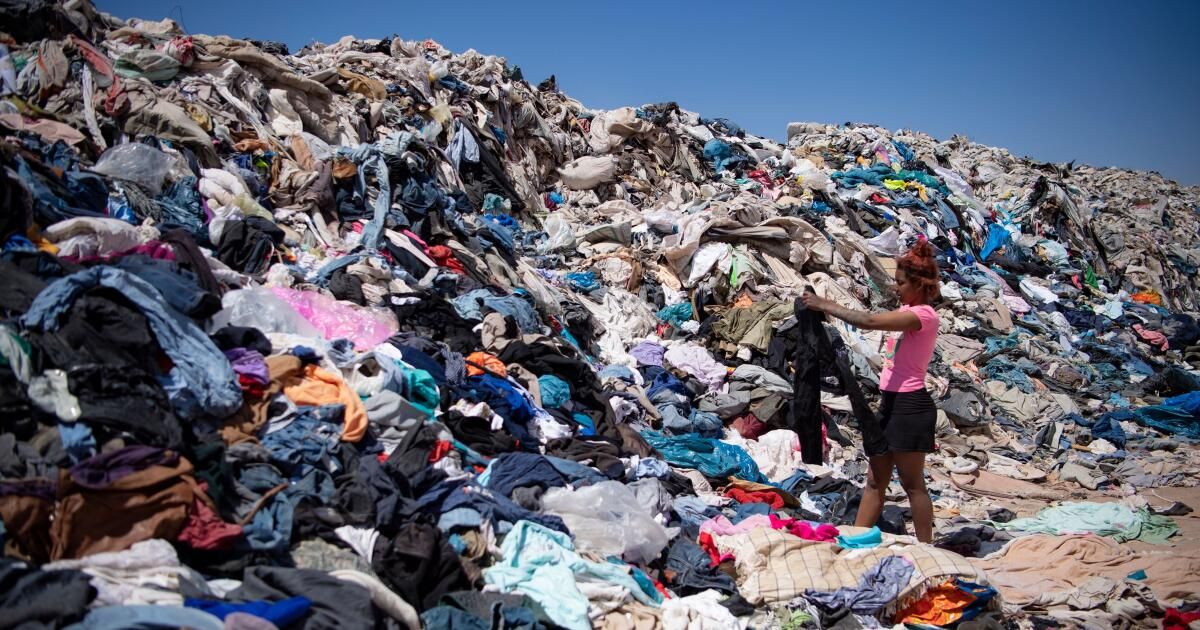Last year, you may have seen headlines about an extraordinary satellite photograph: a mountain of clothes in the Chilean desert. If you missed the story, you may not have known that this pile owes its origin to second-hand clothes – the clothes we abandon, sometimes after just a few outings.
We may throw our waste in the trash, or maybe we put it in plastic bags destined for thrift stores or resale boutiques, or maybe we put it in bins and boxes for clothing donations.
If those items don't sell or make it to donations here, they may well end up in other countries, where there's a big business in our used sweatshirts, dresses and pants. But the volume flowing into countries like Chile and Ghana is overwhelming and uncontrollable by authorities, leading to environmental disasters — a horrific testament to America's never-ending need for new clothes.
The rise of fast fashion has only exacerbated the flow of our waste, much of which has been treated with chemicals or contain plastic-based fibers, contributing even more to microplastics that can reach our bodies.
American and European lawmakers are beginning to heed concerns about sweatshop workers and greenhouse gases associated with fast fashion, proposing laws they hope would limit environmental impacts. But it's unclear whether any kind of legislation can stop a $13 pair of jeans, wrapped in plastic and cardboard and transported by boat and truck, from reaching our homes.
Meanwhile, our waste continues to clog waterways, fill the skies with toxic smoke and ruin places where other people live. And another 39,000 tons (or more) are expected to end up in Chile's Atacama Desert landfill this year.












